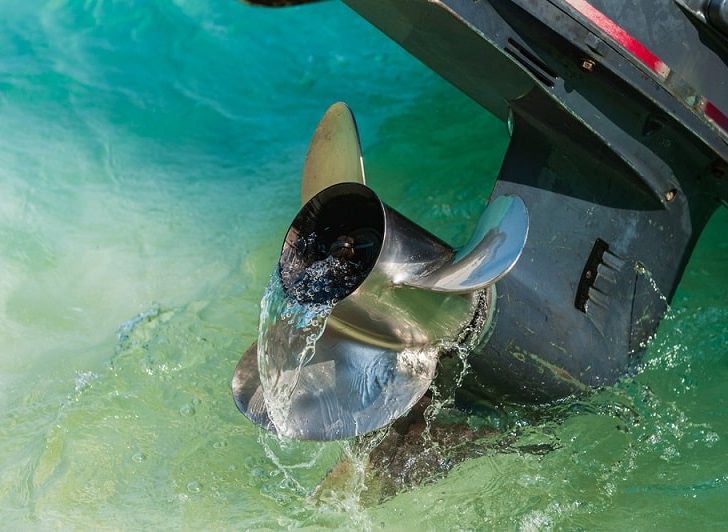If you’re wondering what the term “boat propeller slip” means, you’ve come to the right place.
Propeller slip is a term used to describe the difference between the theoretical and actual speed of a boat. That would be the simplest definition, but we will go into it in more detail in this article.
If you read on, you will learn everything you need to know about boat propeller slip. What are you waiting for? Keep reading!
Table of Contents
What Is Boat Propeller Slip?
The easiest way to define boat propeller slip is that it’s the difference between the theoretical forward speed of a boat and its actual forward speed.
Propeller slip measures the efficiency of the propeller and the drive system of the boat. Understanding the concept of propeller slip is important for boat owners and operators, as it can have a significant impact on the performance and fuel efficiency of their boats.
The actual speed of a boat is determined by the velocity of the water passing over the hull, which is determined by how fast the propeller is turning.
The theoretical speed of the boat is the speed at which the water is being moved by the propeller. It is calculated based on the size and pitch of the propeller, the RPM of the engine, and how fast the water is passing over the propeller.
The actual speed of the boat is often different from the theoretical speed due to the presence of friction and resistance in the water. This difference is known as propeller slip.
Propeller slip is a result of several factors, including the design of the propeller, the efficiency of the drive system, and the water conditions. The propeller’s design affects its efficiency.
For example, a propeller with a large pitch will typically have a lower slip than a propeller with a small pitch, as the larger pitch allows for a more efficient transfer of energy from the engine to the water.
The efficiency of the drive system also affects the level of propeller slip. A drive system that is not properly maintained or aligned can result in increased levels of friction and resistance, leading to higher levels of slip.
Water conditions also play a role. For example, the presence of debris or weeds in the water can increase the resistance the boat experiences while moving, resulting in higher levels of slip.
Similarly, rough water conditions can result in increased levels of friction, leading to higher levels of slip.
Some other factors that can affect boat propeller slip are:
Speed

The speed of a boat can significantly impact the amount of propeller slip. At slower speeds, propeller slip is typically higher, as the propeller’s efficiency is reduced by the turbulence created by the water flow around the blades.
As the boat’s speed increases, the propeller becomes more efficient and the slip decreases. However, after a certain point, all further increases in boat speed will result in increased propeller slip. It is a quite complex relationship.
Weight

The weight of a boat can have a significant impact on propeller slip. In general, a heavier boat will experience more propeller slip than a lighter boat.
This is because a heavier boat requires more power to move through the water. It is only natural that this would put a greater load on the propeller.
As the load on the propeller increases, so does the amount of turbulence and resistance created by the water flow around the propeller, which in turn leads to increased propeller slip.
The Distribution of Weight

The distribution of weight in a boat can also have a significant impact on propeller slip.
In general, a boat with a poorly balanced weight distribution may experience more propeller slip than a boat with a more balanced distribution of weight.
When a boat is not properly balanced, it can cause the boat to ride unevenly in the water. This can create turbulence and resistance around the propeller, which can increase propeller slip.
For example, if a boat has too much weight in the bow, the stern may ride too high, which can cause turbulence and resistance around the propeller. On the other hand, if a boat has too much weight in the stern, the bow may ride too high, which can also lead to increased propeller slip.
It’s all about creating balance in the weight distribution.
Hull Design
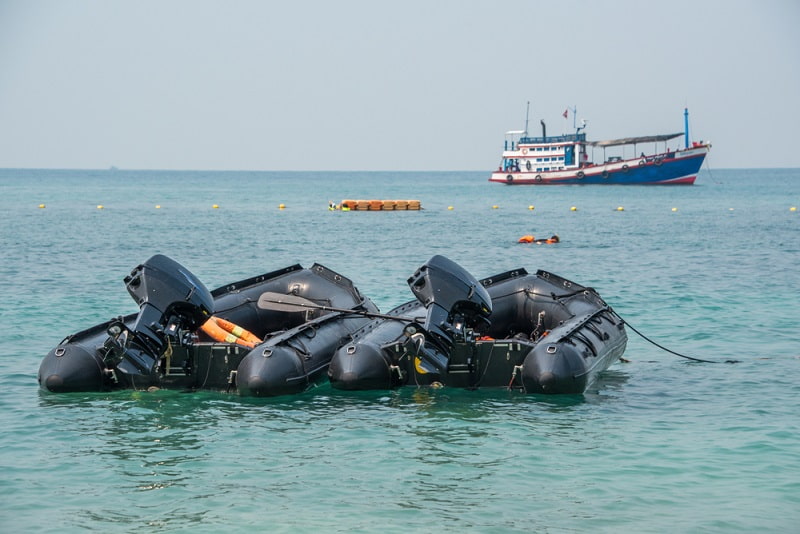
Believe it or not, even the hull design of a boat can have a significant impact on the optimal propeller slip for the boat!
The shape and size of the hull can affect the resistance and drag on the boat as it moves through the water. This resistance can affect the load on the propeller and increase the propeller pitch.
For example, a boat with a deep-V hull design typically creates more resistance and drag than a boat with a flatter hull design.
This increased resistance and drag can put more load on the propeller, which can increase the prop slip.
Conversely, a boat with a flatter hull design generally creates less resistance and drag, which can require a higher-pitch propeller to achieve optimal performance and minimize propeller slip.
Condition of the Hull
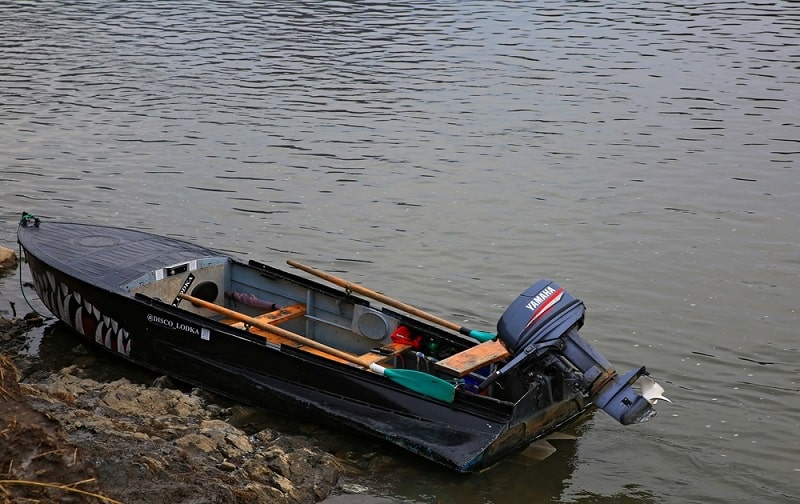
The condition of the hull can also have an impact on propeller slip. A damaged or fouled hull can create more resistance and drag, which can increase the load on the propeller and lead to increased propeller slip.
For example, a hull that has been damaged or is in poor condition may have rough or uneven surfaces that can create turbulence and resistance around the propeller. This can increase the load on the propeller and lead to increased slip.
Similarly, a hull that is fouled with marine growth, such as algae or barnacles, can also create resistance and drag that can lead to increased propeller slip.
If built up around the propeller, that same marine growth can also create a rough or uneven surface. This can cause turbulence around and increase the load on the propeller.
This is why it is incredibly important to keep your hull in pristine condition!
Engine Mount Height and Angle
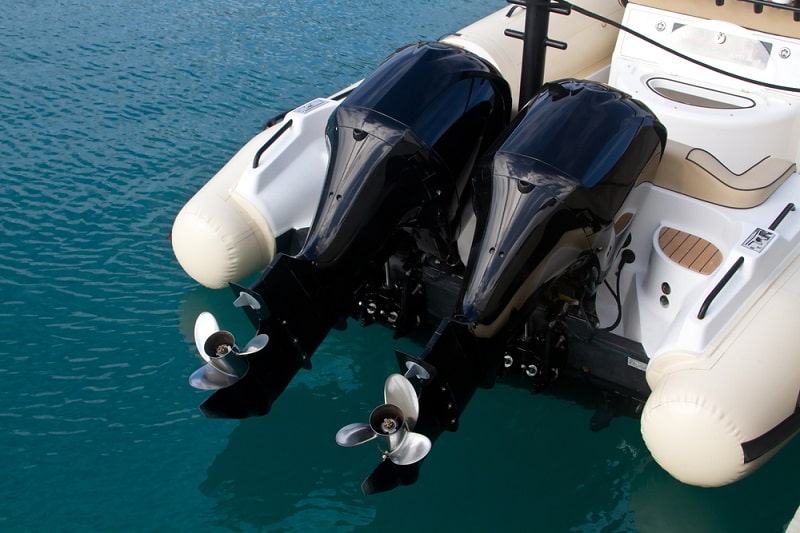
The engine mount height can have a significant impact on propeller slip. The position of the engine relative to the waterline can affect the angle at which the propeller operates, which can affect the amount of slip it experiences.
If the engine is mounted too high, the propeller may operate at too steep of an angle, which can increase the load on the propeller and lead to increased slip. This can result in reduced performance and efficiency, as well as increased wear and tear on the propeller.
On the other hand, if the engine is mounted too low, the propeller may operate at too shallow of an angle, which can also lead to increased slip.
How Does Boat Propeller Slip Affect Performance?
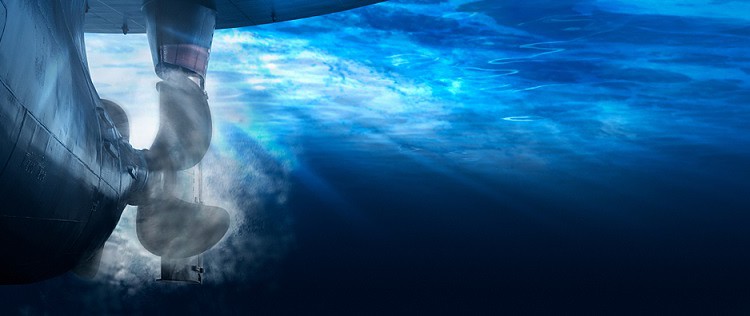
The amount of propeller slip experienced can have a significant impact on the performance and fuel efficiency of the boat.
A higher level of slip means that the boat is not moving as efficiently as it could be, resulting in decreased performance and increased fuel consumption.
In addition, a higher level of slip can also cause damage to the drive system and the propeller, as the propeller is not able to transfer energy as efficiently as it could.
On the internet, you can find propeller calculators that can help you make modifications. However, you will need the assistance of an expert to help you address major slippage issues.
To determine the percentage of propeller slip you are dealing with, you will also need a lot of data and a few mathematical formulae.
How To Recognize That a Propeller Slip Is Happening?
Propeller slip occurs with every boat propeller, regardless of the design.
You wouldn’t have any propulsion without it. Propeller slip will occur even while you are traveling at top speed. However, the propeller slip decreases as you drive faster.

Look at the design of your propeller to get a sense of how much propeller slip you should expect. The maximum efficiency of a well-designed propeller is 20 percent slip or less. Sometimes, larger amounts of propeller slip will result from a poorly constructed propeller.
This means that switching your propeller will enable you to reduce propeller slip and enhance the motor’s efficiency.
You don’t have to be aware of or recognize that propeller slip is happening, it is. You need to determine how much slippage is occurring and whether that percentage can be decreased.
The Formula To Calculate Propeller Slip
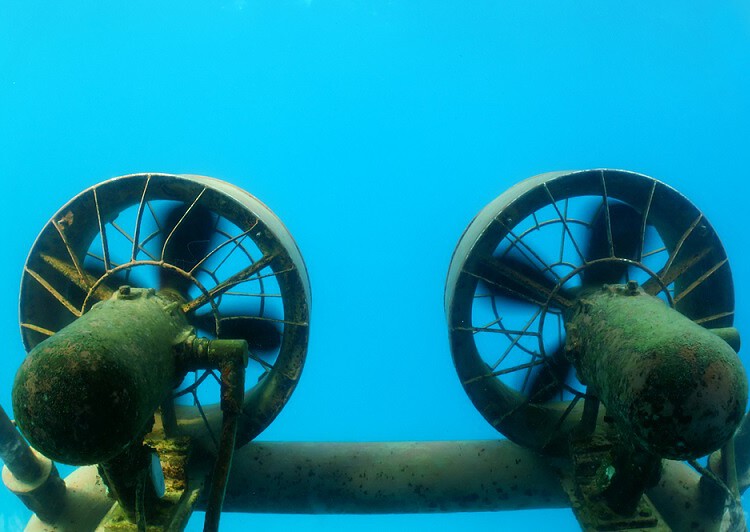
You can calculate your propeller slip percentage quite easily by utilizing a few straightforward calculations and observations.
Here is a detailed explanation of a straightforward formula for estimating propeller slip:
- Speed (mph) x Gear Ratio x 1056
- RPM x Pitch (inches)
- Divide the first number by the second one
- Subtract the resulting number from the number 1
- Multiply the final result by 100 to get the percentage
It’s quite simple once you know a few simple pieces of info. You need to know the RPM, the gear ratio, and the pitch.
Let’s try this out with an example. Let’s say your ship has a speed of 61.3 mph and is traveling at 4300 RPM. The pitch is 24’’ and the gear ratio is 1.36. Now we will input those numbers into the formula.
- 61.3 (mph) x 1.36 x 1056 = 88,036.608
- 4300 x 24 = 103,200
- 88,036.608 ÷ 103,200 = 0.853
- 1 – 0.853 = 0.147
- 0.147 x 100 = 14.7
There you have it! A prop slip of 14.7%.
This formula can come in handy when you need to determine whether you are dealing with propeller issues.
How Much Propeller Slip Is Too Much?
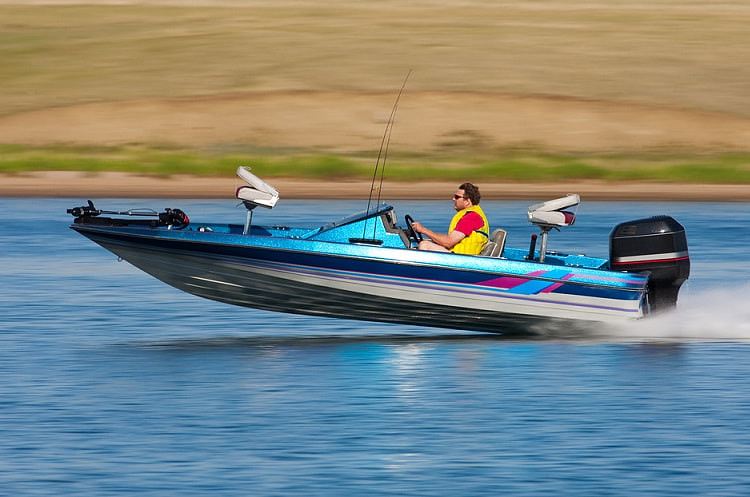
Generally speaking, propeller slip in the range of 10-15% is considered to be within normal limits for most boats.
However, if you find that your propeller slip is consistently exceeding 20%, it might be a sign of a problem.
You see, when the water flows around the propeller, it creates turbulence and reduces the efficiency of the propeller. So, some amount of slip is to be expected. However, if the pitch is too large, it could mean that your propeller is not the right size or pitch for your boat.
It could also mean that the boat’s hull is misaligned with the propeller, which often leads to reduced performance and higher fuel consumption.
If something like this happens to you, it’s always best to consult with a marine propeller specialist. They will be able to assess the situation and help you resolve the issue.
After all, a well-functioning propeller can make a big difference in the performance of your boat. Surely you don’t want to be stuck with a boat that’s struggling to make headway!
How To Minimize Propeller Slip?
In order to minimize the level of propeller slip, it is important to properly maintain the drive system and to choose the right propeller for the boat.
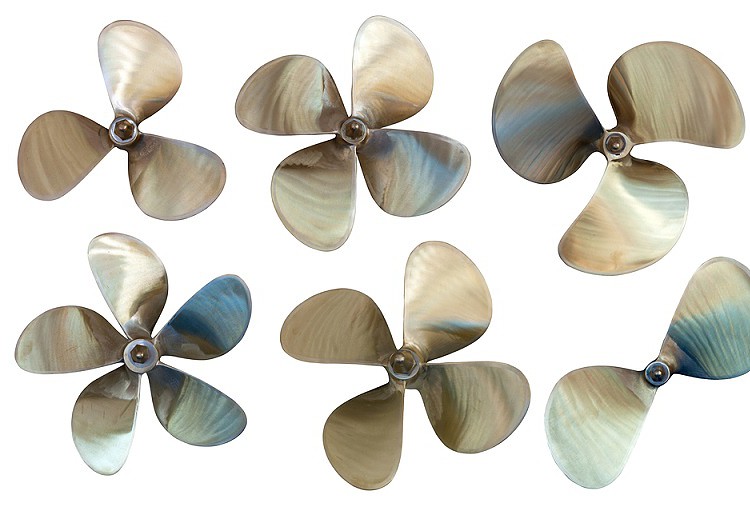
A drive system that is well-maintained and properly aligned will result in lower levels of friction and resistance, leading to lower levels of slip.
Choosing the right propeller for your boat is also important, as a propeller with the right size and pitch will result in a more efficient transfer of energy from the engine to the water, leading to lower levels of slip.
Conclusion
Propeller slip is a term used to describe the difference between the theoretical forward speed of a boat and its actual forward speed. Propeller slip is a result of several factors, including the design of the propeller, the efficiency of the drive system, and the water conditions.
Understanding the concept of propeller slip is important for boat owners and operators, as it can have a significant impact on the performance and fuel efficiency of the boat.
Proper maintenance of the drive system and choosing the right propeller can help to minimize the level of propeller slip and improve the performance and fuel efficiency of the boat.
If you have any additional questions, feel free to ask them in the comments.

I created this site to help people – to help you – with your boat problems. Instead of helping one person at a time, I want this website to be the “one-stop-shop” for everyone’s boating concerns. Read more.

